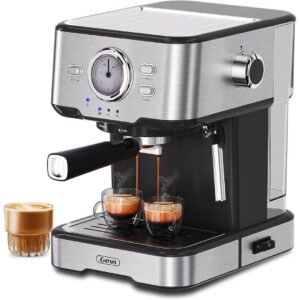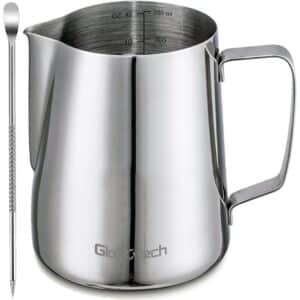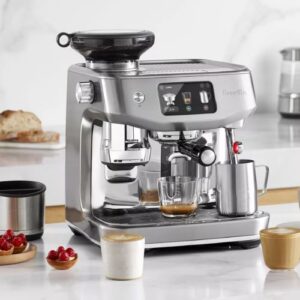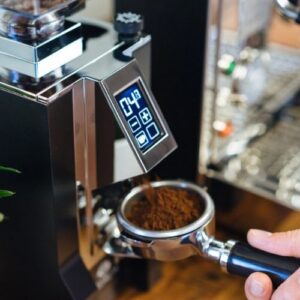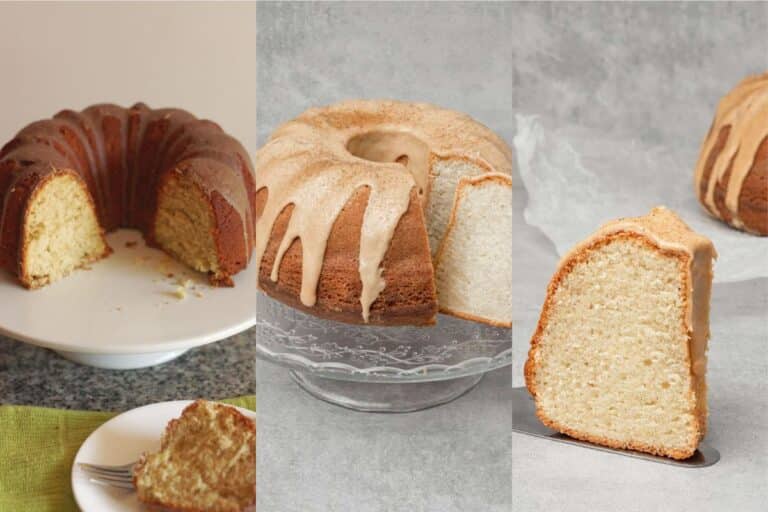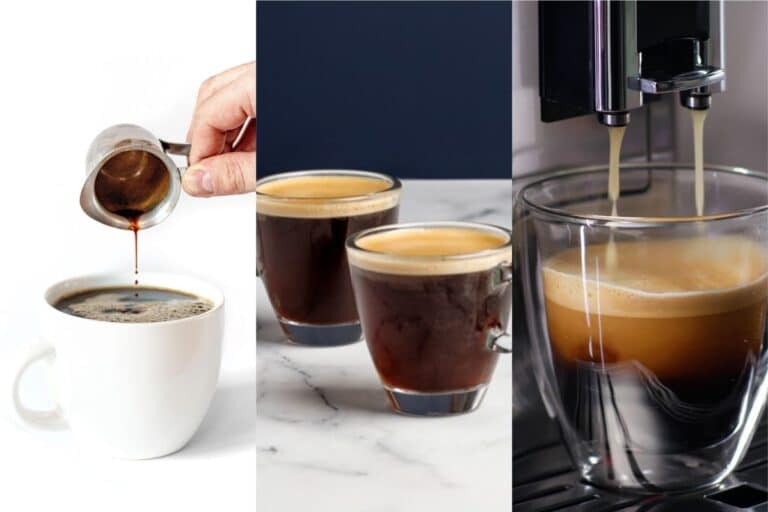Welcome to the world of espresso drinks, where the simplicity of ingredients meets the complexity of flavors. Among these beloved beverages stands the cortado, a modest yet mighty coffee that masterfully balances espresso with a touch of steamed milk. This guide is designed to unveil the art and science behind making the perfect cortado, providing you with the tools and knowledge to recreate this café favorite in the comfort of your own home.
Originating from Spain, the cortado has garnered a dedicated following for its ability to deliver the rich, bold flavors of espresso while softening its acidic edges with the smooth infusion of milk. Unlike its more milk-heavy counterparts like lattes or cappuccinos, the cortado uses a one-to-one ratio of coffee to milk, making it the ideal choice for those who seek the strength of espresso but with a harmonized harshness. Its growing popularity can be attributed to its straightforwardness and the refined palate it caters to, which appreciates the core essence of the coffee bean. Whether you’re a long-time coffee enthusiast or a curious newcomer, mastering the cortado promises a delightful and enriching addition to your coffee repertoire.
What is a Cortado?
A cortado is an espresso-based coffee drink that hails from Spain, characterized by its equal balance of espresso and steamed milk. The name “cortado” comes from the Spanish verb “cortar,” meaning “to cut,” as the milk is intended to cut through the acidity and intensity of the espresso, creating a smoother, more balanced beverage. This drink typically consists of one shot of espresso “cut” with an equal amount of warm, lightly frothed milk. The result is a harmonious blend that highlights the espresso’s deep flavors without overwhelming the palate with milkiness.
Unlike other popular espresso drinks, the cortado offers a unique experience due to its specific proportions and minimalistic approach:
- Cappuccino: Traditionally served as one-third espresso, one-third steamed milk, and one-third milk foam, the cappuccino is airier and larger in volume compared to the dense and small cortado.
- Latte: Consisting of one shot of espresso with much larger amounts of milk, typically around three to four times as much, lattes are creamier and milkier, which can overshadow the espresso flavor.
- Macchiato: The macchiato, meaning “stained” or “spotted” in Italian, is mostly espresso with just a dash of milk or foam. It is much stronger than a cortado, as the espresso remains the dominant component.
- Flat White: Originating from Australia or New Zealand, the flat white is similar to a cortado but generally features a double shot of espresso and a slightly higher volume of steamed milk, making it larger and milkier.
The cortado’s distinction lies in its simplicity and precision, offering a perfect balance where neither the milk nor the espresso overwhelms the other, appealing especially to those who want to enjoy the robust taste of espresso with a smooth texture and reduced bitterness.
How to Make a Cortado
1
servings5
minutes5
minutes40
kcalMaking a cortado is a delicate art that requires precision and simplicity, focusing on achieving the perfect balance between robust espresso and smooth steamed milk. The process involves brewing a strong, flavorful shot of espresso and combining it with an equal part of lightly steamed milk. This balance allows the vibrant, deep flavors of the espresso to shine through while the milk reduces its acidity and adds a creamy texture, without overwhelming the coffee’s inherent characteristics. The result is a harmonious, compact beverage that delivers a powerful coffee punch, softened by the silkiness of warm milk, in a small, potent serving. Perfect for those who appreciate the essence of espresso but prefer a milder, smoother finish.
Ingredients
1 shot of espresso (approximately 1 oz or 30 ml)
1 oz (30 ml) of steamed milk
Optional: sugar or sweetener to taste
Directions
- Grind the Coffee: Start by grinding fresh coffee beans to a fine espresso grind. You’ll need about 18-20 grams of coffee for a double shot, which is standard for a cortado.
- Prepare the Espresso Machine: Ensure your espresso machine is heated to the correct temperature. Attach the portafilter to the machine to warm it up.
- Tamp the Coffee: Place the ground coffee into the portafilter. Use a tamper to press the coffee down firmly and evenly. This step is crucial for a smooth and balanced espresso extraction.
- Pull the Espresso Shot: Lock the portafilter in place and start the machine. The extraction should take about 25-30 seconds. You should aim to get about 1 ounce (30 ml) of espresso, which is a standard shot size.
- Steam the Milk: While the espresso is being pulled, pour about 1 ounce (30 ml) of milk into a small pitcher. Use the steam wand of your espresso machine to steam the milk until it is warm and has a slight froth but is not too foamy. The temperature should be around 140-155 degrees Fahrenheit (60-68 degrees Celsius) to avoid scalding the milk and to achieve a silky texture.
- Combine Espresso and Milk: Pour the steamed milk over the freshly brewed espresso in a small glass or cup. Aim for a gentle pour to maintain a good mix of milk and espresso without too much froth on top.
- Serve Immediately: Enjoy your cortado promptly while it’s warm and the flavors are at their peak.
Equipment
Espresso Machine
Milk Jug
Cortado Glass
Notes
- Suggestions for Espresso Beans:
Bean Type: Opt for single-origin beans from regions like Colombia or Ethiopia for a balanced flavor profile that shines in a cortado. These beans often offer a nice balance of acidity and sweetness with distinct flavor notes that can complement the milk without being overpowering.
Roast Level: A medium roast is ideal as it highlights the bean’s natural flavors while providing enough body and richness to stand up to the milk.
Freshness: Use beans that have been roasted within the last two weeks and ground just before brewing to ensure the freshest, most robust espresso flavor. - Tips on Milk Steaming Technique:
Temperature Control: Aim to steam the milk to about 140-155 degrees Fahrenheit. Overheating the milk can burn it, altering the flavor negatively.
Silky Microfoam: The goal is to create microfoam that is velvety rather than stiff or airy. To achieve this, keep the steam wand just below the surface of the milk to incorporate very fine air bubbles, creating a smooth texture.
Pitcher Positioning: Angle the pitcher slightly and position the steam wand towards the side to create a swirling motion. This helps distribute the heat evenly and integrates the microbubbles through the milk. - Variations on the Basic Recipe:
Flavor Additions: While a classic cortado is enjoyed without additives, you can personalize it by adding a dash of vanilla extract, a sprinkle of cinnamon, or a drizzle of caramel for a touch of sweetness.
Alternative Milks: For those avoiding dairy, almond, soy, or oat milk can be excellent alternatives. Each non-dairy milk will steam differently and can alter the flavor profile slightly. Oat milk, in particular, is known for its ability to froth well and complement the rich taste of espresso.
Decaffeinated: If you prefer less caffeine, use a high-quality decaffeinated espresso bean to enjoy a cortado at any time of day without the caffeine buzz.
Nutrition Facts
- Calories: 40kcal
- Fat: 2g
- Carbohydrates: 3g
- Sugar: 2g
- Protein: 1g
Conclusion
The cortado is a beautifully balanced espresso drink, originating from Spain, that combines equal parts espresso and steamed milk to create a smooth and flavorful coffee experience. This drink is perfect for those who appreciate the rich intensity of espresso but prefer it softened with just a touch of creamy milk. With only a few simple ingredients and basic equipment, you can replicate this café favorite right in your own kitchen.
We’ve covered the ideal choices for espresso beans, the specific technique for steaming milk to achieve velvety microfoam, and various ways to customize your cortado, including using different milks or adding subtle flavor enhancements. The nutritional information provided helps you understand what goes into your cup, making it a mindful choice.
Making your own cortado at home is not only rewarding but also a great way to refine your barista skills. Each cup offers a chance to perfect the balance and indulge in a coffee that’s as robust as it is refined. So why not pull out that espresso machine, steam some milk, and treat yourself to the rich, smooth delight of a homemade cortado today? It’s a simple pleasure that truly elevates the coffee experience, inviting you to savor each sip.
Frequently Asked Questions about Making a Cortado
Q1: Can I make a cortado without an espresso machine?
A1: While an espresso machine is ideal for achieving the authentic pressure and extraction necessary for a true cortado, you can use a stovetop espresso maker, like a Moka pot, as an alternative. The coffee won’t be as concentrated as an espresso machine shot, but it will be close enough for a home setup.
Q2: What is the best milk to use for a cortado?
A2: Whole milk is traditionally favored for its richness and ability to create silky microfoam when steamed. However, any type of milk—skim, 2%, or non-dairy alternatives like almond, soy, or oat—can be used depending on your dietary preferences and taste.
Q3: How does a cortado differ from a flat white?
A3: The main difference lies in the milk-to-coffee ratio and the amount of milk foam. A cortado has a 1:1 ratio of espresso to steamed milk with little to no foam, making it stronger in coffee flavor. A flat white typically uses a double shot of espresso topped with a higher volume of steamed milk and a thin layer of microfoam, resulting in a creamier texture.
Q4: Can I add flavorings to my cortado?
A4: Traditionally, a cortado is served plain to highlight the balance between espresso and milk. However, you can personalize it by adding flavorings such as vanilla, caramel, or even a pinch of cinnamon or nutmeg to enhance the drink according to your tastes.
Q5: How do I know if I’ve steamed the milk correctly?
A5: Properly steamed milk for a cortado should be warm and velvety, not frothy or bubbly. Aim for a texture that is smooth with tiny, uniform bubbles. The temperature should ideally be between 140-155 degrees Fahrenheit to ensure the milk is heated through without scalding, which preserves its natural sweetness and creamy texture.

